Protontheme Demystifying Software Sale
Introduction
In the modern digital marketplace, software sales have become a cornerstone of business development and technological growth. However, the process of selling software often seems complicated, filled with buzzwords, technical nuances, and confusing buyer journeys. The “Protontheme Demystifying Software Sale” guide aims to simplify this entire process by offering a customer-first, strategy-rich approach that is easy to understand and implement.
This comprehensive content is crafted for software developers, startup founders, sales professionals, and product managers who want to grasp how software sales really work—and how to optimize them for growth.
Understanding Software Sales Models
Software sales are not one-size-fits-all. They vary dramatically based on audience, product type, and market dynamics. The two primary categories are B2B (business-to-business) and B2C (business-to-consumer). While B2B sales involve longer cycles, deeper relationship-building, and tailored solutions, B2C sales focus on volume, user experience, and self-service options.
In addition, companies must choose between direct and indirect sales channels. Direct sales involve engaging customers through internal teams, while indirect sales leverage resellers, affiliates, or channel partners. The right choice depends on the nature of the product, target market, and available resources.
Step-by-Step Sales Process
The sales process for software is a structured journey from awareness to onboarding. Below is a breakdown of key stages involved:
| Stage | Description |
|---|---|
| Lead Generation | Identify potential customers using outreach, ads, SEO, or referrals |
| Lead Qualification | Determine if the lead matches the Ideal Customer Profile (ICP) |
| Needs Discovery | Engage in meaningful conversations to uncover pain points and requirements |
| Product Demo | Showcase how your software addresses the customer’s unique needs |
| Objection Handling | Clarify doubts, respond to concerns, and reinforce value |
| Closing | Finalize the contract, negotiate pricing, and sign the agreement |
| Onboarding | Ensure a smooth start with training, technical support, and documentation |
This clear sequence ensures that sales reps stay organized, consistent, and effective at converting leads into loyal customers.
Customer-Centric Sales Approach
The “Protontheme Demystifying Software Sale” methodology emphasizes customer-centricity at every turn. Rather than just pitching product features, this approach recommends focusing on the customer’s goals, pain points, and business outcomes. Personalization plays a crucial role, as buyers are more likely to engage when they feel understood.
Customer-centric selling also involves active listening, empathy, and genuine value creation. Instead of pushing for a sale, successful reps position themselves as trusted advisors who aim to solve problems, not just sell software.
Sales Methodologies & Frameworks
Understanding different sales frameworks can further enhance performance. Some widely used ones include:
- Consultative Selling: Asking open-ended questions and tailoring solutions to client-specific issues.
- SPIN Selling: Structured around Situation, Problem, Implication, and Need-Payoff questioning.
- Solution Selling: Focused on identifying a business challenge and proposing your software as the ideal solution.
- Challenger Selling: Taking control of the conversation by teaching, tailoring, and taking control of the sale.
The Protontheme demystifying software sale philosophy supports the flexibility to mix and match these models depending on the situation and client profile.
Strategy & Playbook Development
A robust software sales strategy begins with a clear understanding of your Ideal Customer Profile (ICP). This involves outlining firmographics (company size, industry, revenue), technographics (software currently used), and behavioral traits (decision-making patterns).
Once the ICP is in place, build a customer journey map that reflects how buyers move from awareness to decision-making. This includes identifying stakeholders, their specific concerns, and the best communication methods for each.
Additionally, create a sales playbook that includes your messaging templates, objection responses, demo scripts, and onboarding procedures. Sales enablement tools like CRMs, product tour software, and email automation are essential to executing this playbook efficiently.
Post-Sale: Customer Success & Retention
A closed sale is just the beginning of the customer relationship. The “Protontheme Demystifying Software Sale” framework strongly emphasizes post-sale engagement through customer success programs. The goal is to maximize product adoption, customer satisfaction, and ultimately retention.
Best practices include conducting onboarding webinars, assigning dedicated success managers, sending feedback surveys, and providing continuous education through knowledge bases and tutorials. These actions not only reduce churn but also create upsell and referral opportunities.
Sales Performance Metrics & KPIs
Tracking performance is crucial for refining your sales approach. Here are some core KPIs every software sales team should monitor:
| Metric | Definition |
|---|---|
| Lead Conversion Rate | Percentage of leads converted into paying customers |
| Sales Cycle Length | Time taken to move from lead to closed sale |
| Customer Acquisition Cost (CAC) | Total cost of acquiring a customer, including marketing and sales expenses |
| Churn Rate | Percentage of customers who cancel over a given period |
| Customer Lifetime Value (CLTV) | Estimated revenue a customer will generate during their relationship |
Reviewing these KPIs monthly helps teams identify bottlenecks, scale successes, and adjust their strategies.
Case Studies & Real-World Examples
To bring the theory to life, the Protontheme demystifying software sale content includes illustrative case studies. One example might be a SaaS startup using SPIN selling to land enterprise clients. By aligning their demo to the client’s internal challenges, they increased their conversion rate by 40% within one quarter.
Another case may involve a company switching from direct sales to a hybrid model with channel partners, significantly reducing their customer acquisition costs and broadening market reach.
Common Challenges & How to Overcome Them
Despite having a structured process, many teams face recurring obstacles. Delays in the sales cycle are common due to poor qualification or lack of urgency from the buyer. These can be mitigated by implementing a stronger lead scoring system and creating urgency through limited-time offers.
Misalignment between marketing and sales can also derail progress. A unified content strategy and regular alignment meetings ensure both teams are targeting the same audience with consistent messaging.
Lastly, pricing objections are often a reflection of unclear value. Ensure your sales messaging focuses on outcomes, ROI, and competitive differentiation to address this.
Actionable Tips & Best Practices
- Develop a 3-tiered demo strategy: general overview, industry-specific demo, and custom use-case walkthrough.
- Use call recording and AI tools to analyze conversations and improve rep performance.
- Create a shared repository of client objections and successful rebuttals.
- Encourage regular training and role-playing sessions to sharpen sales techniques.
- Always follow-up: Most deals are closed in the follow-up stage, not during the first meeting.
Conclusion & Future Trends
In conclusion, the “Protontheme Demystifying Software Sale” guide serves as a complete roadmap to mastering software sales with clarity and confidence. By focusing on customer needs, using proven methodologies, and tracking the right metrics, businesses can build sustainable and scalable sales operations.
Looking ahead, expect more integration of AI, real-time personalization, and predictive analytics in software sales. Companies that stay ahead of these trends while maintaining a strong customer focus will lead the next generation of successful sellers.
Whether you are new to software sales or looking to upgrade your strategy, let this guide be your foundation for long-term success.
Other Articles
Senior Distributed Systems Software Engineer at Aethos
How Old Is the HP Pavilion Gaming Laptop 15-ec0xxx?
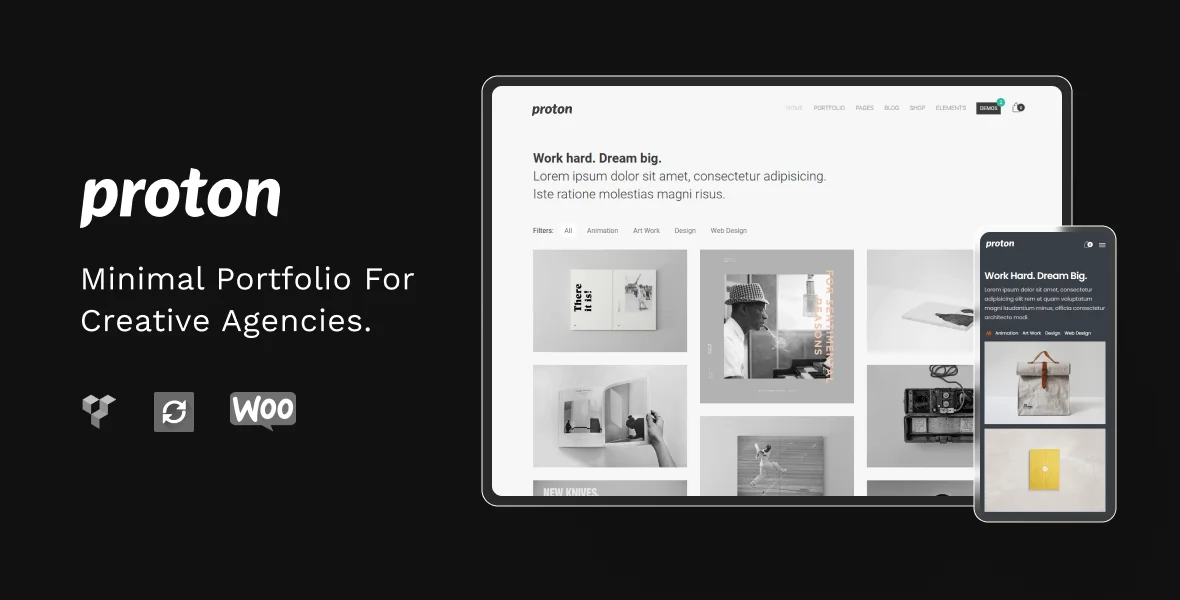


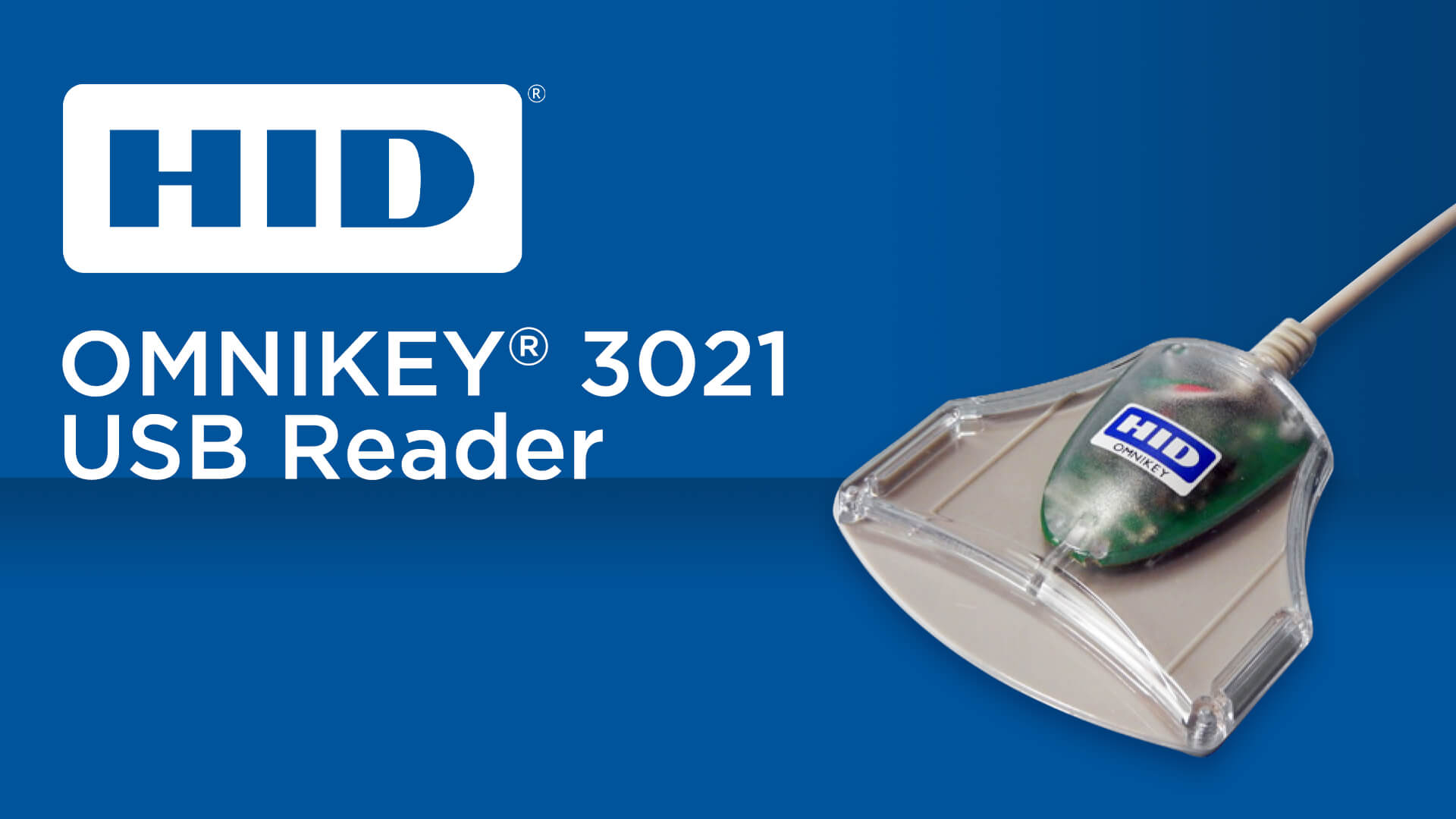



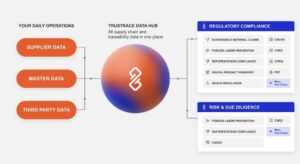
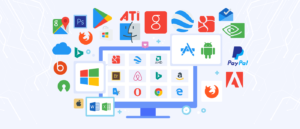
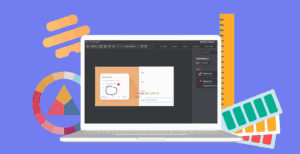




Post Comment